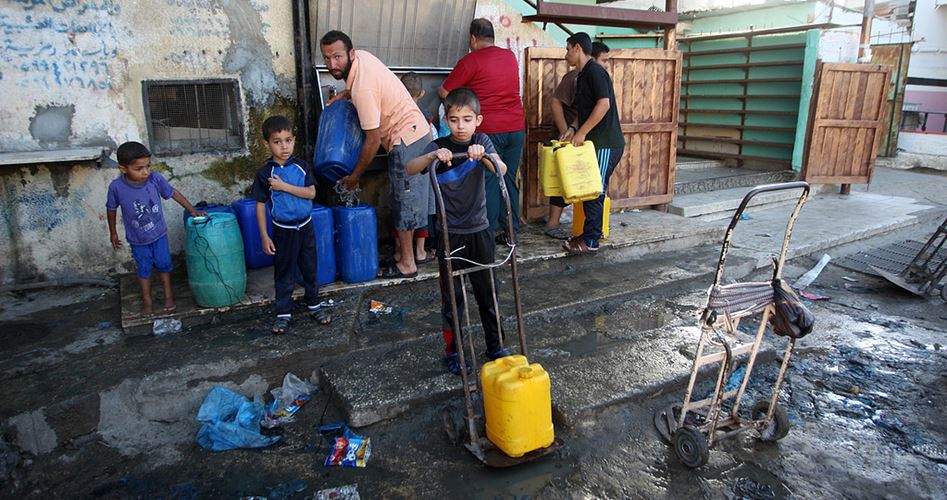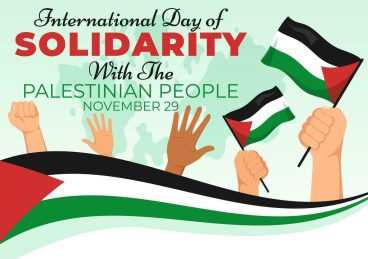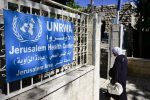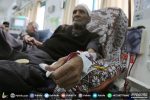The Palestinian Central Bureau of Statistics (PCBS) announced on Tuesday that the percentage of families with a safe source of potable water in the Gaza Strip is 11% compared to 95% in the West Bank.
According to data released by PCBS 62% of Palestinian families live in houses that receive drinking water from safe sources including public water networks connected to the house public taps protected water-well rain water collection pools and mineral water. This figure is 58% in urban areas 94% in rural areas and 44% in refugee camps.
PCBS pointed out that 7% of the residents of the Gaza Strip rent houses while the percentage is 10% in the Occupied West Bank. The percentage of citizens living in rented houses is 8% (10% in urban areas 3% in rural areas and 7% in refugee camps).
Housing indicators include: Adequate housing according to Residence III Document for the implementation of the new urban plan which provides a number of appropriate characteristics and conditions in the housing units such as housing tenure housing type housing density and access to public networks and infrastructure services.
The population of Palestine hit 4.781 million in 2017 with the urban population making 77% and the rural population making 15% and the refugee population making 8%. The population density hit 794 people per one square km in Palestine.
Compared to previous censuses from 1997-2017 the data indicated that the percentage of households in which one of its owners live increased significantly from 78% in the 1997 census to 81% in the 2007 census and 86% in the 2017 census.
As for the type of community in 2017 84% lived in urban areas and 93% lived in rural areas while 89% lived in camps. As for houses owned in the West Bank it hit 87% of the population compared to 83% in the Gaza Strip. According to the 2017 census the percentage of families in Palestine living in an apartment constitutes 62% of the total number of families (66% in urban areas 38% in rural areas and 68% in refugee camps). On the level of the region data showed that 54% of people in the West Bank live in an apartment compared to 77% in the Gaza Strip.
The statistics revealed that 36% of families in Palestine live in a house (32% in urban areas 58% in rural areas and 31% in refugee camps). The percentage of families in Palestine who live in villas is 1.1% (1.4% in the West Bank and 0.5% in the Gaza Strip).
The data also indicate that 7% of families in Palestine live in residential units with a high density of 3 persons or more per room with 5% in the West Bank and 12% in the Gaza Strip. On the level of the type of the community it is 7% in urban and rural areas and 13% in the refugee camps. The average housing density is 1.3 persons per room in the West Bank and 1.6 persons per room in the Gaza Strip.













